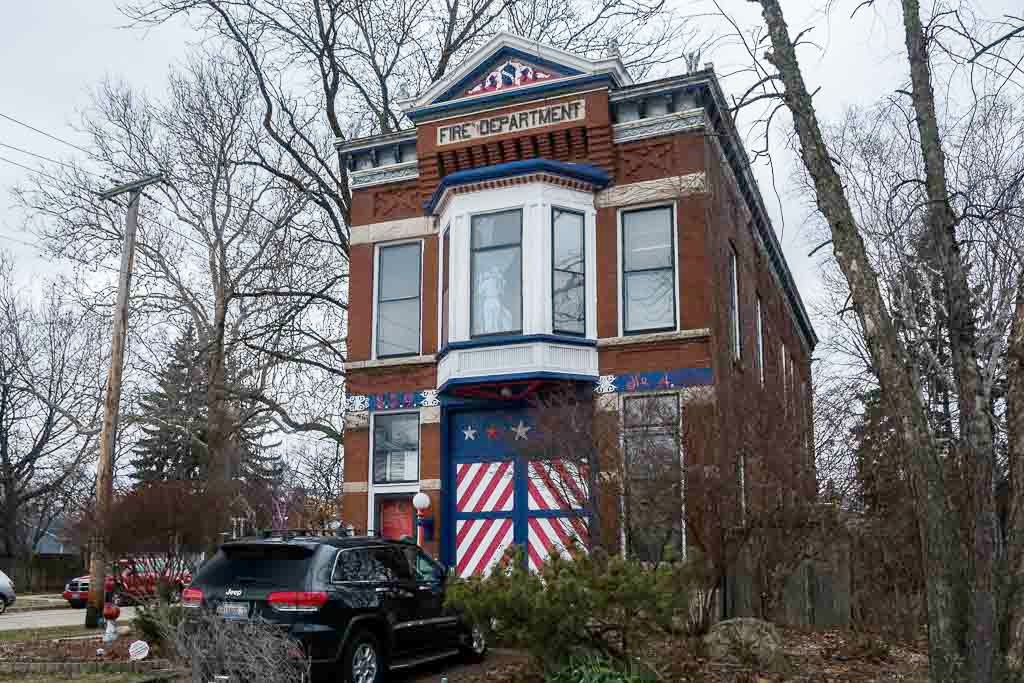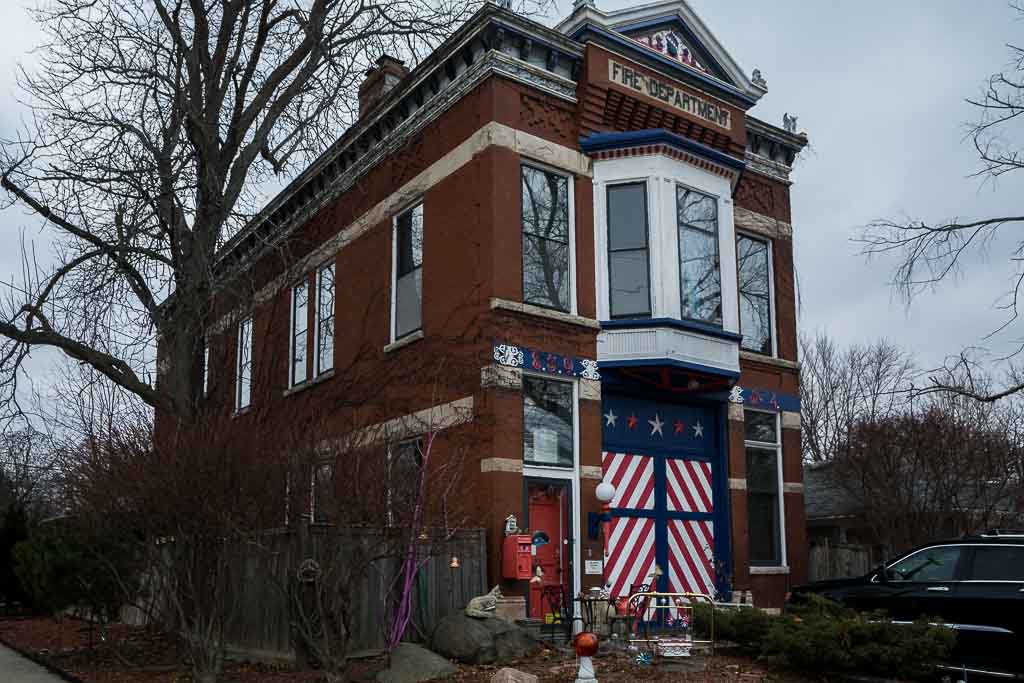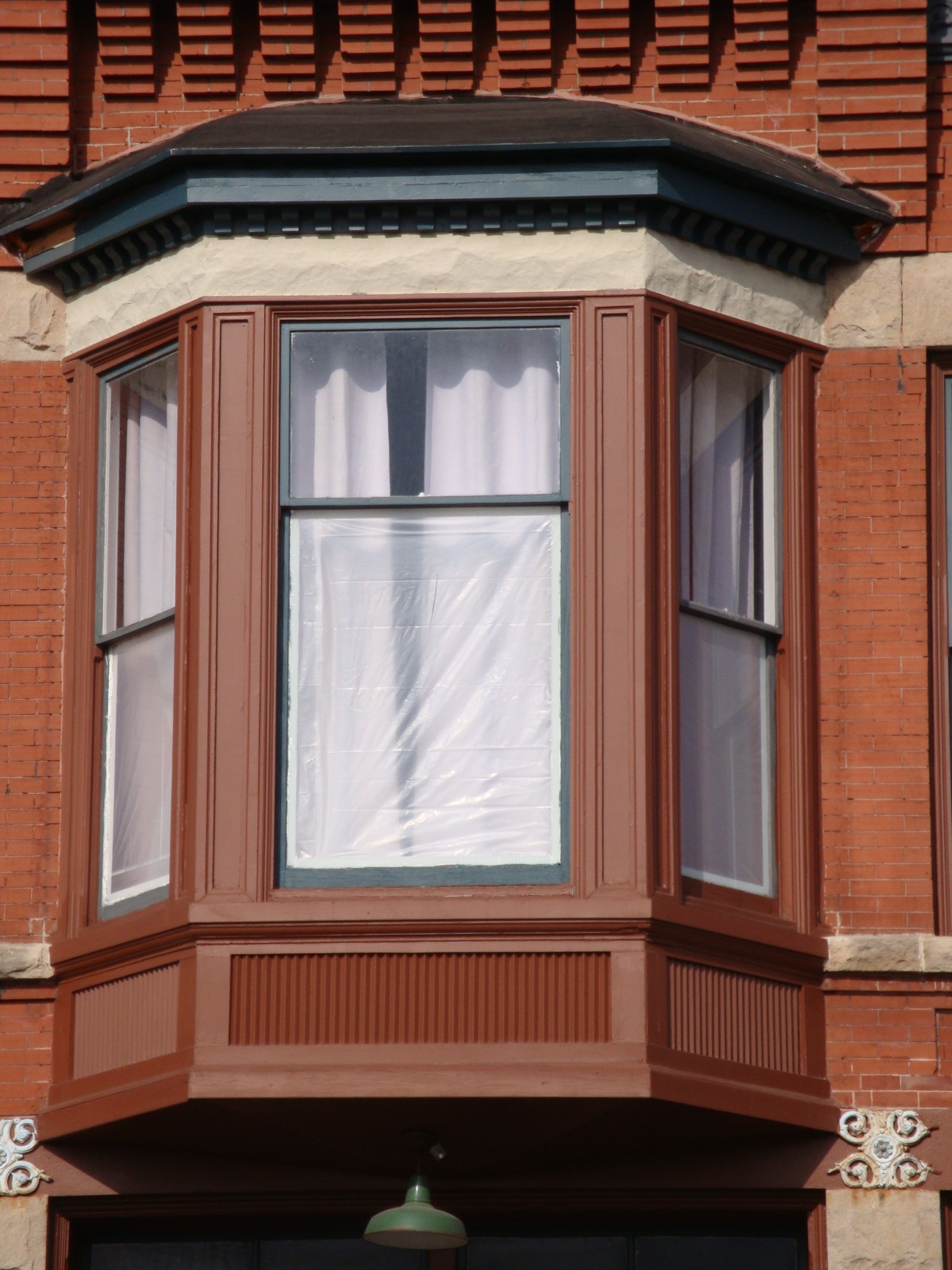36 S. DU BOIS AVENUE
HISTORIC SIGNIFICANCE
36 S. Du Bois Avenue, more commonly named Fire Station No. 4, was built in 1896 at a total cost of $3,750. The station was designed by local Elgin architect, Smith Hoag, and built by mason, Charles Giertz with carpentry completed by John A. Wright. Although it was completed in 1896, the station remained unoccupied until the tragic death of Abby Wing, a prominent Elginite, whose home caught on fire and was located at 972 W. Highland Avenue, just north a few blocks from the station.
The station was closed in 1932 due to financial difficulties caused by the Great Depression. However, the building was still being used but as the first worship space for Good Shepherd Lutheran Church. The station was again re-opened for service in 1939 and would remain open until 1968 when the city built a new fire station, its first in over 64 years, to replace Fire Station No. 4. The building, again, was adaptively reused into classrooms to help with overcrowding at the nearby Abbott School until 1976 when the city sold the building for private ownership. The building now serves as a residence.
ARCHITECTURAL SIGNIFICANCE
36 S. Du Bois Avenue is an excellent example of the Commercial Queen Anne style. Likely to keep costs down, Fire Barn No. 4 is almost a replica to that of Fire Barn No. 3, located on Dundee Avenue, and was locally designated as a landmark in 1992. 36 S. Du Bois, like its sister building, were both designed by Smith Hoag, and constructed out of brick, and limestone. Some features defining the style include its oriel window that projects over what was once the fire truck entrance; the decorative, patterned brick; the limestone banding found at the second floor; as well as its most significant feature, the ornate bracketed cornice with a pedimented cap supported by corbelled brick and engraved limestone lettering marking, "Fire Department."
Sources: 1986 Heritage Plaque Application; Gifford Park Association; Audio: TextAloud





